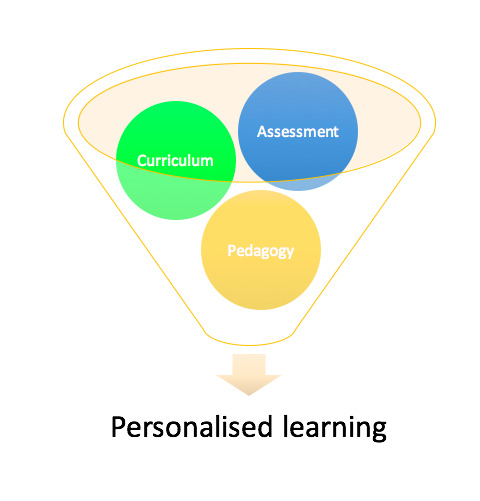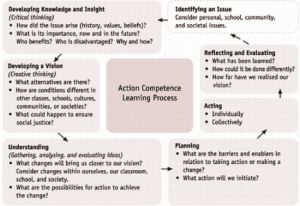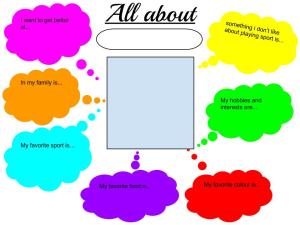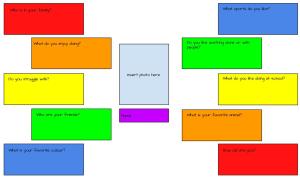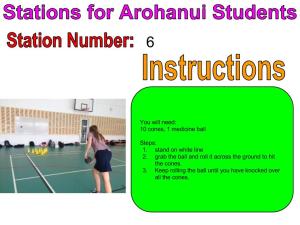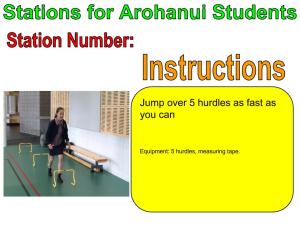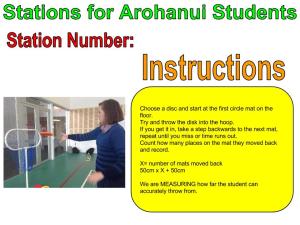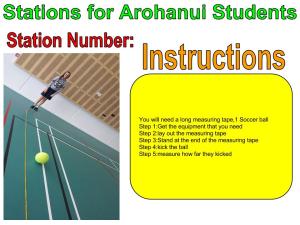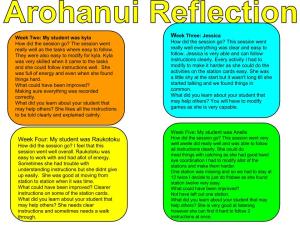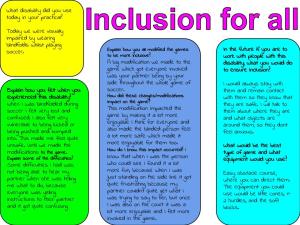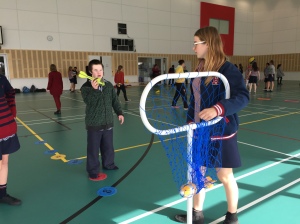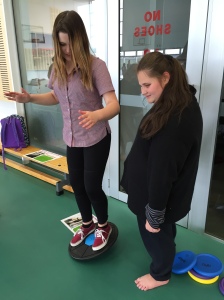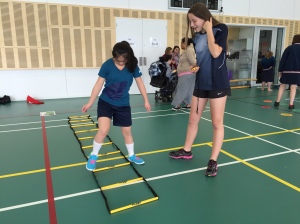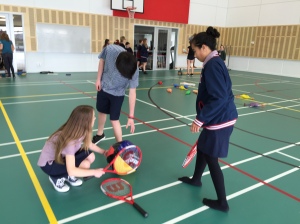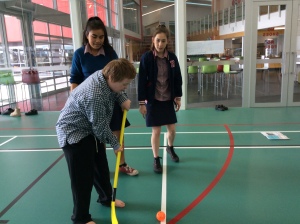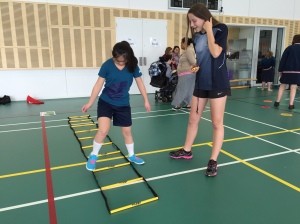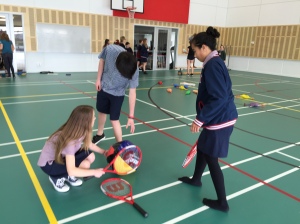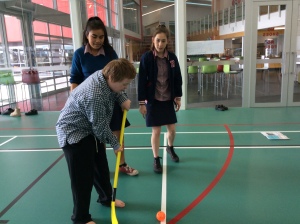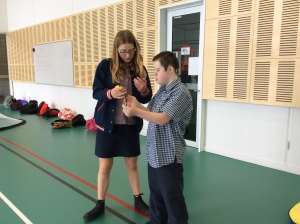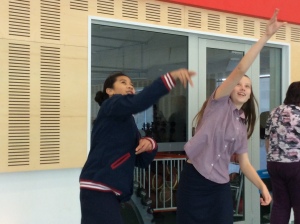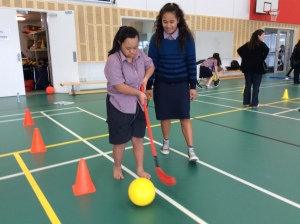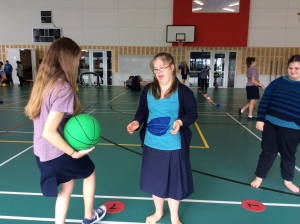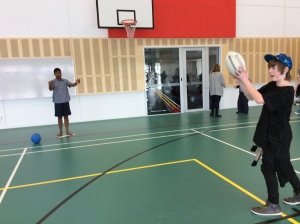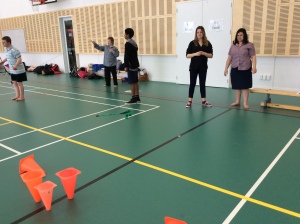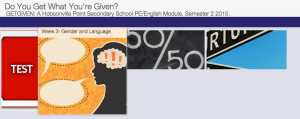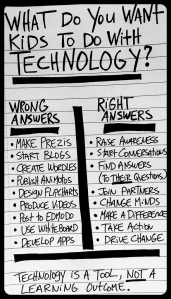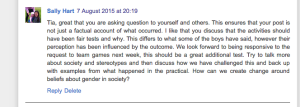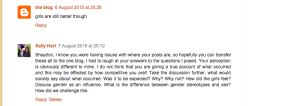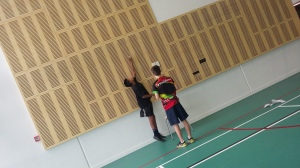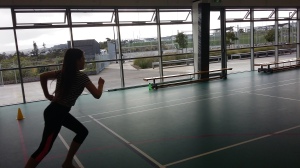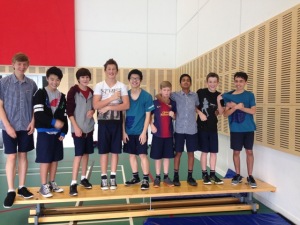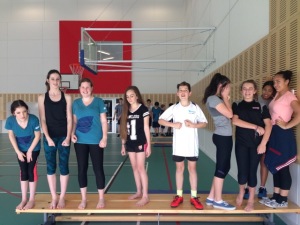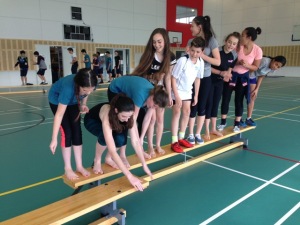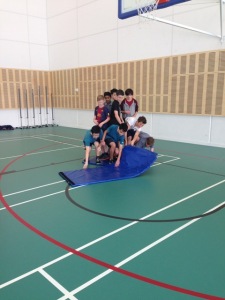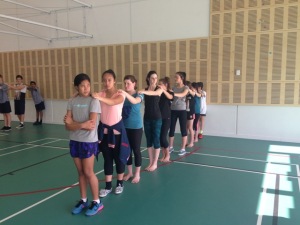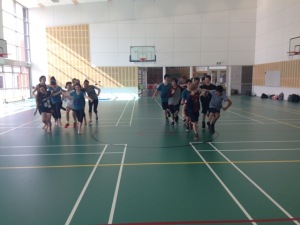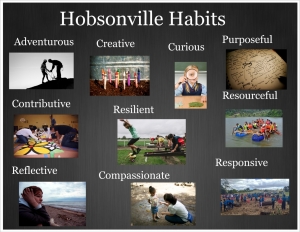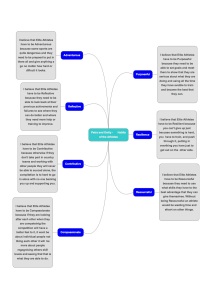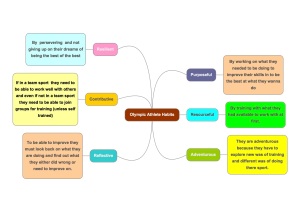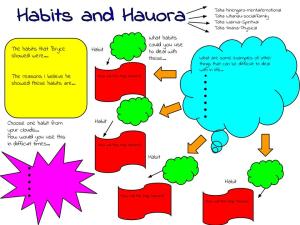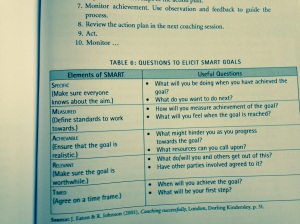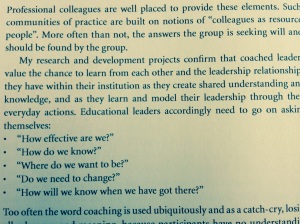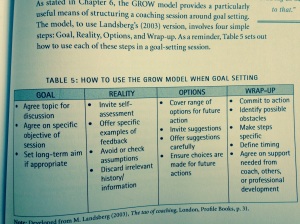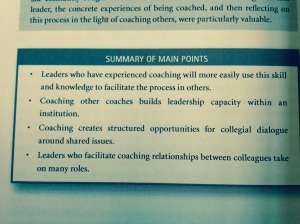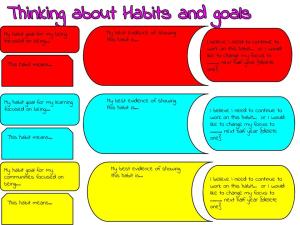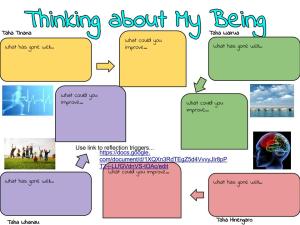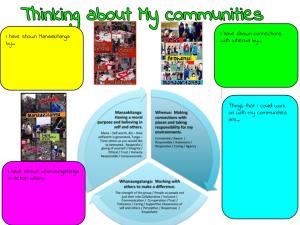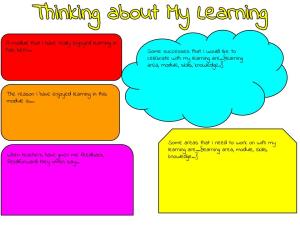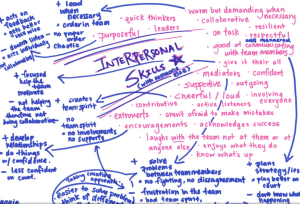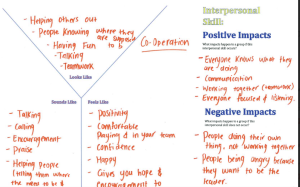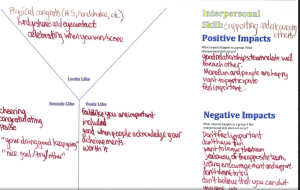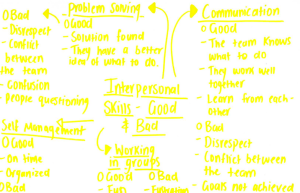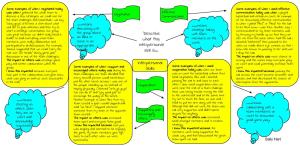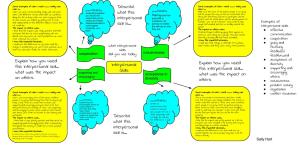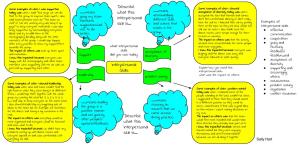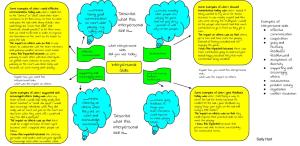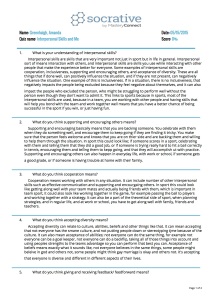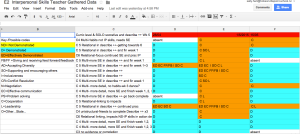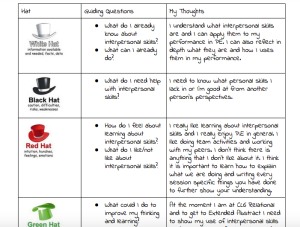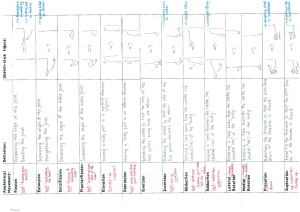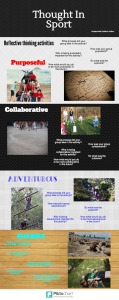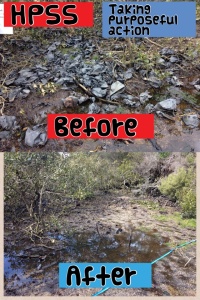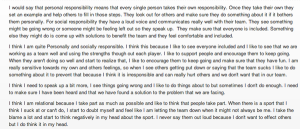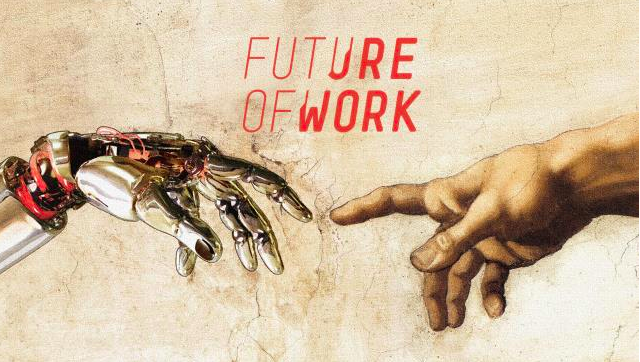
Much is written about the future of work, where society is heading and what the education system to support this, will need to be. Here are a few opinion pieces on changing work…
- Poles apart? How technology & globalisation have affected the global workforce Sept. 2017
- The Future of Work: A think piece for the ESPAS 2016 annual conference, Nov. 2016
- Some well-known (and some lesser-known) facts about digitalisation, deindustrialisation and the future of work, Oct. 2016
- The future of work: A world of new and changing skills, Dec. 2016
- Labour market reform: Why skills matter, OECD Observer, Jan. 2016
In addition here is work from the OECD looking at Education towards 2030…
“Future of Education and Skills: Education2030
Globalisation, technological innovations, climate and demographic changes and other major trends are creating both new demands and opportunities that individuals and societies need to effectively respond to.
There are increasing demands on schools to prepare students for more rapid economic and social change, for jobs that have not yet been created, for technologies that have not yet been invented, and to solve social problems that have not been anticipated in the past.
One may argue it is still some time away to think of 2030 but this is the world in which those who are beginning primary school today will start their professional careers and those who are in secondary school today will become the core group of the prime working age. The project “Future of Education and Skills: Education2030” will target school education, both general and vocational, while recognising the importance of learning progressions and a life-long learning continuum”.
http://www.oecd.org/education/school/education-2030.htm
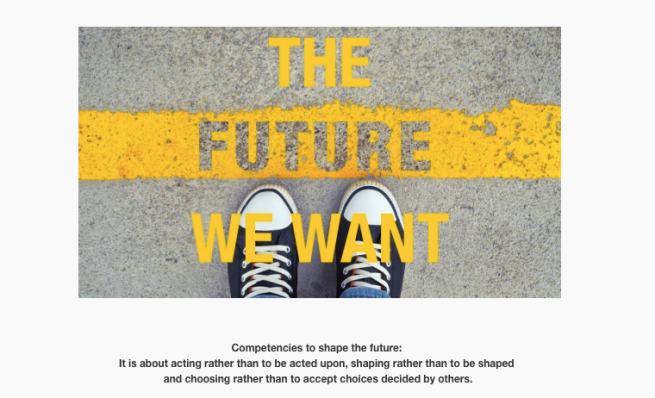
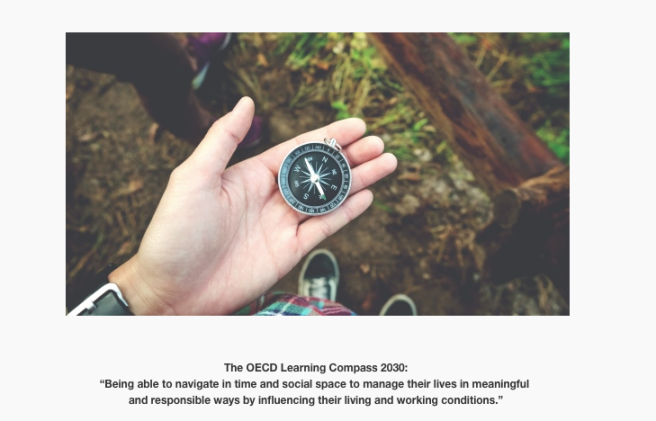
At a National level we have http://www.futureofwork.nz/education looking for change towards… 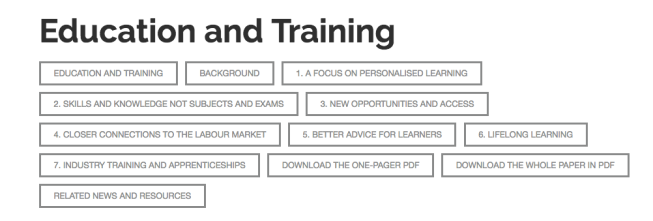
All of this work shows the paradigm shifts that are occurring in the potential future of work. At the same time we have had a shift in assessment practice in New Zealand, however, this has been evolving for some time and the speed of evolution is not keeping up with what may be required in the future by our students as they leave the “Secondary Education System”. It is pertinent to reflect on the time line of the development of N.C.E.A.
NCEA timeline
The following summarised timeline shows how NCEA has evolved:
- Late 1997, the New Zealand Government announced a policy called ‘Achievement 2001’, involving a complete overhaul of the secondary school qualifications system. Under the new system, students would be assessed at three, or possibly four, levels of the same qualification, to be called the National Certificate of Educational Achievement, which would be registered on the National Qualifications Framework.
- In 2000, the start date for the new qualification was delayed a year, to 2002, because the system was deemed to be not ready, either at school level or at central agency level.
- In 2002, NCEA Level 1 was introduced and the first group of students and teachers began to experience the new qualification.
- Over 2003 and 2004, Levels 2 and 3 were introduced, and also the separate Scholarship examination, which was registered on the Framework at Level 4, but whose content was derived from the Level 3 standards.
- As each level was introduced, the previous qualification at that level was discontinued, except the Year 12 qualification, Sixth Form Certificate, which was allowed to continue for a further two years by schools that were not ready to move to Level 2 in 2003.
- In September 2004, the Minister of Education, Hon. Trevor Mallard, announced at a PPTA Annual Conference, that there would be a low-key review of the NCEA system during 2005, to inform strategic planning of future work to refine the qualification system.
- By the end of 2004, the qualification was firmly entrenched in New Zealand schools, and the first phase of implementation was complete.
- In November 2006, a new-look Record of Learning and Result Notice was developed.
- In 2007, a suite of improvements to the NCEA were announced by the Minister of Education. Among the first to be announced in July was NCEA certificate endorsement designed to recognise student achievement at Merit or Excellence level across all learning areas. In November, ‘Managing National Assessment’ reports for secondary schools were made available online.
- From the beginning of 2008, full-time moderators took up their appointments as part of a process to increase the amount of internally assessed student work undergoing moderation (approximately 10%).
- Reporting of Not Achieved results was introduced for internally assessed standards, and in March, a new monitoring process was announced, which would compare internal and external assessment data for NCEA.
- In April 2008 , the Record of Learning was renamed Record of Achievement, to better reflect its purpose. In May, random selection of internally assessed student work for external moderation was introduced, to increase public confidence in the credibility of internal assessment.
- In June 2008, the process began to review and align standards with the new New Zealand Curriculum (developed by the Ministry of Education) and address issues such as credit parity and duplication. Newly aligned standards are due to be introduced progressively, with level 1 standards first, in 2011.
- In May 2009, new-look statistics pages were released on the NZQA website, including data based on participation, gender and ethnicity.
- In July 2009, consultation was completed on the draft level 1 standards and draft level 1-3 subject matrices. New rules on further assessment opportunities for internally assessed standards were introduced in July 2009, allowing one further assessment opportunity (re-sit) per student per standard per year.
- In April 2010, Education Minister Anne Tolley announced the introduction of Course Endorsement for NCEA, to begin in 2011. Course Endorsement enables students with strong performances in individual courses to gain Excellence or Merit endorsements in those courses. Students will receive an Excellence endorsement for a course if they gain 14 credits at Excellence level, while students gaining 14 credits at Merit (or Merit and Excellence) will gain a Merit endorsement. To ensure students are capable of performing well in both modes of assessment, in most courses at least three of the 14 credits must be from internally assessed standards, and three from externally assessed standards.
Much of this evolution has been tweaking. In contrast the development of the New Zealand Curriculum shows a different timeframe…
Timeline
New Zealand curriculum – draft 2006–2007
The timeline for consultation and implementation of the New Zealand Curriculum: Draft 2006–2007 is:
2006
July/August
Draft New Zealand Curriculum (English medium) published for consultation and feedback. (Feedback must be returned by 30 November 2006.)
September/October
Independent survey carried out to gauge penetration and understanding.
September/October/November
Independent focus groups.
30 November
All feedback and consultation completed.
2007
Draft Te Marautanga o Aotearoa published.
September
Proposed release of the revised New Zealand curriculum.
2008
Final Te Marautanga o Aotearoa published.
2008–2009
Implementation of the two partnership documents: the New Zealand Curriculum and Te Marautanga o Aotearoa.
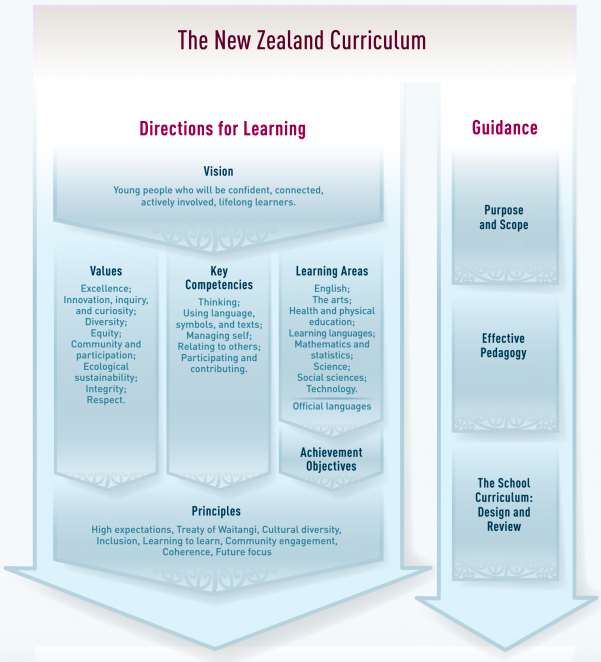
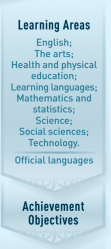
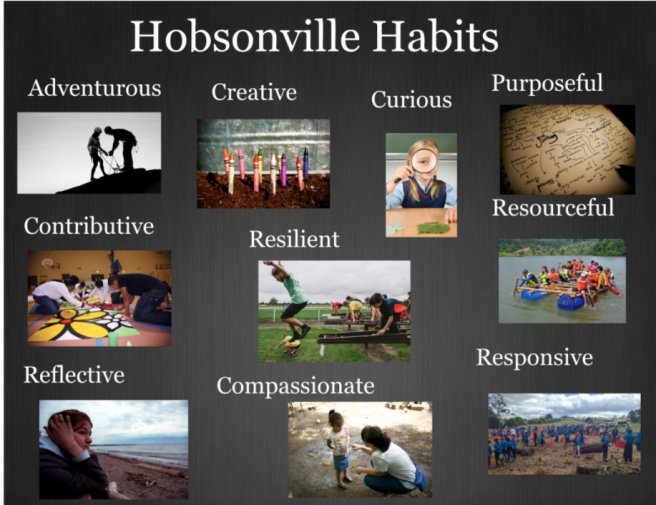
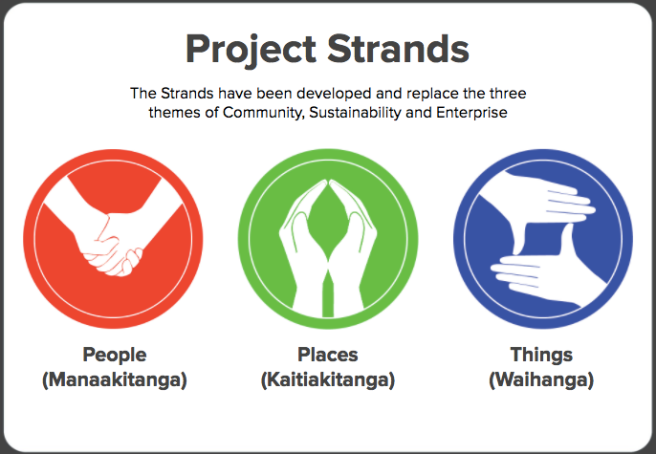
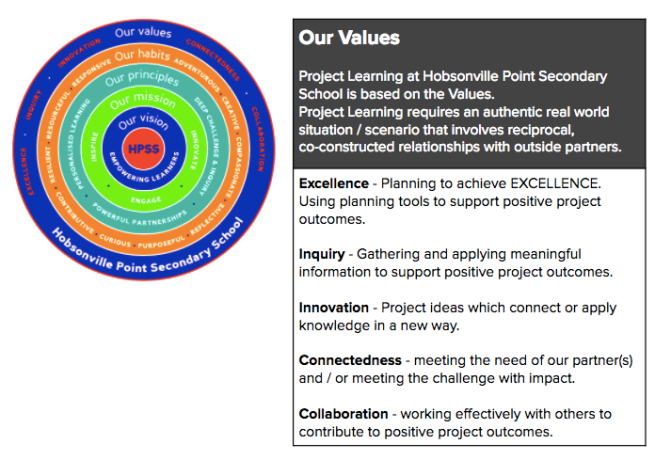
For all the amazing teaching and learning, there is still a search through N.C.E.A to find assessments that may align. For example here are three different examples of standards aligned in different curriculum areas, that have a different focus…
| Health | 2 | AS91237 | 2.3 |
Take action to enhance an aspect of people’s well-being within the school or wider community.
| Physical Education | 1 | AS90969 | 1.8 |
Take purposeful action to assist others to participate in physical activity.
| Social Studies | 2 | AS91282 | 2.4 |
Describe personal involvement in a social action related to rights and responsibilities
If taking an action in our community, is an outcome that we want for our students, that aligns explicitly to the NZC Vision as well as schools own vision…

Reach for the sky! Whaia te iti kahurangi
At Hobsonville Point Secondary School we believe in empowering young people with the skills to contribute confidently and responsibly in our changing world.
Then wouldn’t the ideal situation for aligning Curriculum, Assessment and Pedagogy, to be one where there are more generic standards, that do not sit in the subject silos, with specific contexts required to be used… should the context be more personalised, as is the case in our projects that use student voice and choice for what actions will be. Evidence could be collected over time in any context or several contexts and then this could be used to make judgements against the standards. Portfolios where the teaching and learning of relevant contexts to the students are collated over time. With generic standards of more future focussed skills and dispositions.
These standards would be better aligned to the wider NZC. Another example of this can be seen in this standard…
| Physical Education | 1 | AS90966 | 1.5 |
Demonstrate interpersonal skills in a group and explain how these skills impact on others.
While this appears to be generic the Explanatory notes state that the interpersonal skills must be in a physical activity context. If the outcome that we want for our students for their future is interpersonal skills, why must it be in this context? Could any teaching and learning be aligned to this outcome? If yes, why is it sitting in a subject silo, with a specified context. This is compartmentalising learning. Not to take away from Physical Education and the development of interpersonal skills within physical activity, more to highlight this can be achieved in many contexts, for example impact projects that are taking action in a local community.
Could the Hobsonville Habits shown above, become generic outcomes for standards that students evidence overtime in portfolios? If these are the attributes that our whānau and employers are looking for, how do we value these outcomes as much as the high stakes outcomes currently in place in the N.C.E.A? There are still many knowledge and content based standards? If knowledge is ever changing, why are we assessing this? Can there be a shift towards skills and dispositions in our assessment system?
Such as these…
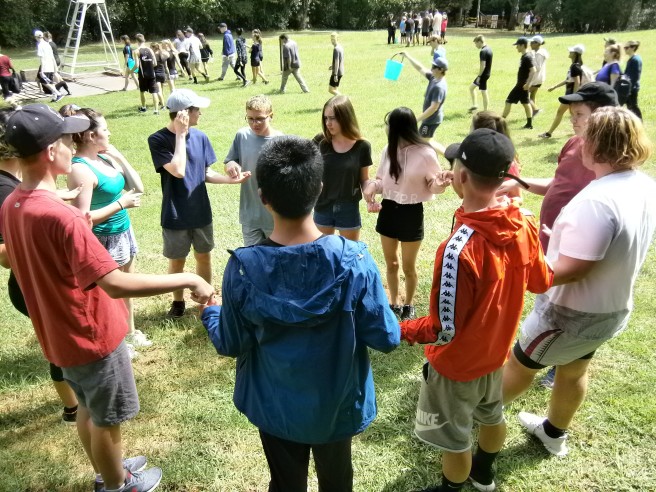
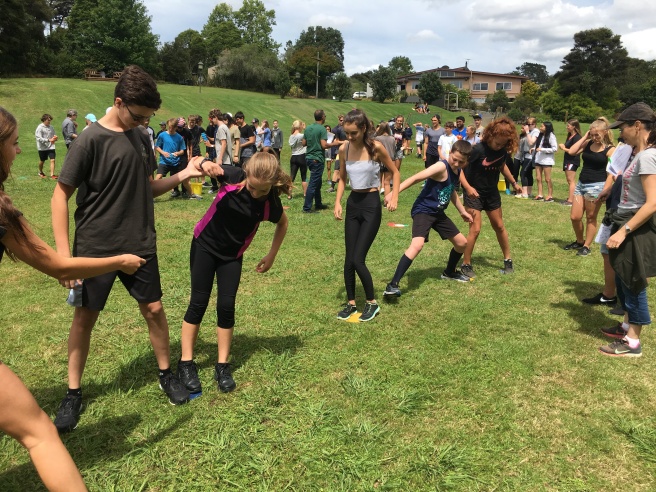
If there were more generic standards, would it allow there to be a power shift from the University end of things. Where, there is a hierarchy of knowledge and valued knowledge by curriculum area. Where universities still have a hold over the pathways that are occurring particularly at Level 3. Generic research standards, problem solving standards and more….
It is good to see that N.C.E.A is being reviewed this year,
https://www.education.govt.nz/ministry-of-education/consultations-and-reviews/ncea-review/
It is also good to see people on the advisory group that will bring some outside perspectives on what N.C.E.A can be.
At the same time they need to talk to schools that are pushing back on over assessment, that are trying to minimise over assessment and assessment driven programmes. That are personalising learning as the future of work documents talk to. That are taking action in their communities, while still working the constraints of the current system, that I have mentioned above. See the article below on this and what Maurie and HPSS have been pushing.
http://www.nzherald.co.nz/nz/news/article.cfm?c_id=1&objectid=11940367
Also see RNZ Interview here…
Only then can we truly align curriculum, assessment and pedagogy to ensure personalised and best outcomes for our students to face the future coming their way….
